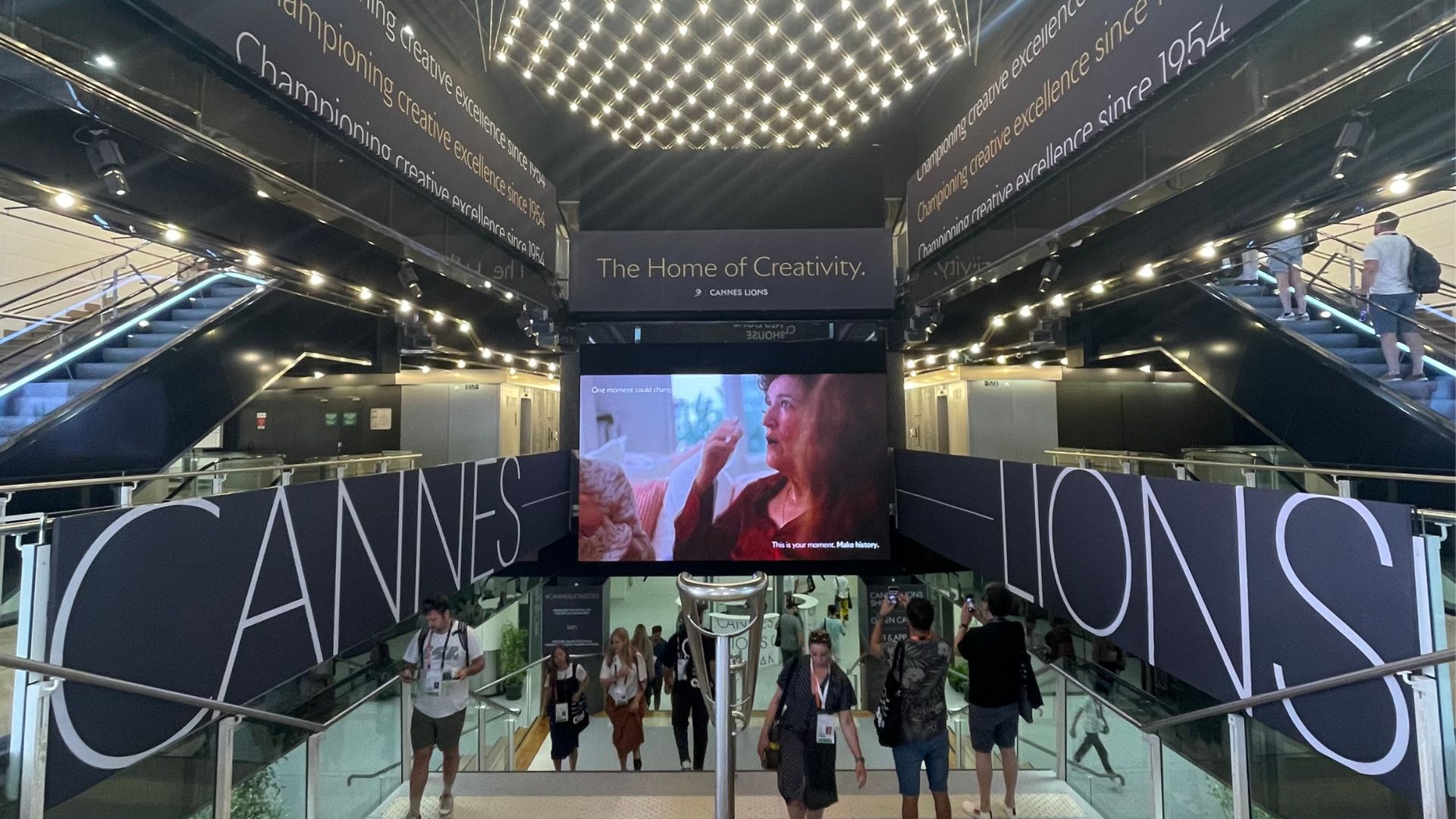 At this year’s Cannes Lions International Festival of Creativity, I had the opportunity to sit on a panel with a group of CEOs and senior business leaders on the subject of “creating the creative organization.”
At this year’s Cannes Lions International Festival of Creativity, I had the opportunity to sit on a panel with a group of CEOs and senior business leaders on the subject of “creating the creative organization.”
It’s not that easy to address this topic. Sure, we’ve made a lot of progress, but we still have plenty of work left to do. And though our creative success is noteworthy, any bows are not mine to take.
With these caveats stated, here is my advice:
The single most important thing to becoming more creative is to find and define your purpose. Why do you exist as a business? Why should anyone who does not work for you care whether your business exists, or not? What is your higher calling?
Once you have your sense of purpose clearly established, other big things fall into place. You become more strategic. You become more decisive. And you become more creative.
Since Ketchum celebrated its 90th anniversary in 2013, the need for a strong creative identity has become one of our top business, talent and growth strategies. To help, we broke this down into a few basic questions:
What? What do you mean by creativity, or being a more creative enterprise? Is it recognition for the creative work you’re doing as a way of sharpening a creative edge? Is it refreshing or reimagining lines of business or work products to win more work and pitches? Is it hiring or redeploying talent with specific responsibilities for improving creative output? Or is it creating a climate where all employees are active contributors to a larger purpose or mission that depends on their individual input, commitment and creativity?
For us, it has been a combination of all four – through such investments as institutionalizing a global planning methodology based in research, insights and strategy, as well as cultivating new creative talent and establishing unique social sharing platforms.
Who? Who owns creativity in your business?
I asked a range of colleagues this very question – and not surprisingly, the answers were mixed. The mainline PR consultants and industry experts said “all of us, but they [the creatives] need to be focused on business and strategy, not just what looks pretty or trendy.”
Ketchum’s creative community said “all of us … but mostly us … and the most important thing you can do is invest more in us and not let the bean counters or the account teams restrict us too rigidly.”
What we’re finding in reality is that we do all own creativity, and that there’s always a tension between the various interests involved. In fact, if there is no tension between those involved, you’ve probably tilted too far one direction or the other.
Where? Do you need a room full of little balls and bean bag chairs? Do you have to be in the edgiest part of town? Do we all need nap or relaxation suites, like at Google?
I think I’d say “maybe” to these, but there are a few things we should all consider in terms of our physical offices: An open area where teams can mix and interact casually is a big help; outdoor space is a premium and simply impossible in many cases, but we try to encourage people to get outside for a walk or private thoughts whenever they can; and a small courtyard, a terrace or a window that actually opens are great, but a door and permission to use it periodically is mandatory. Let people walk around.
My last point is more of a statement than a question. The decision of whether to strive for more creativity resides with us as leaders. We own it. In our experience, it cannot be engineered or outsourced or bought; it has to reside almost genetically within the organization – and that makes it our responsibility to guide, nurture and demonstrate.
To read the most recent issue of Ketchum Perspectives Magazine, click here.


